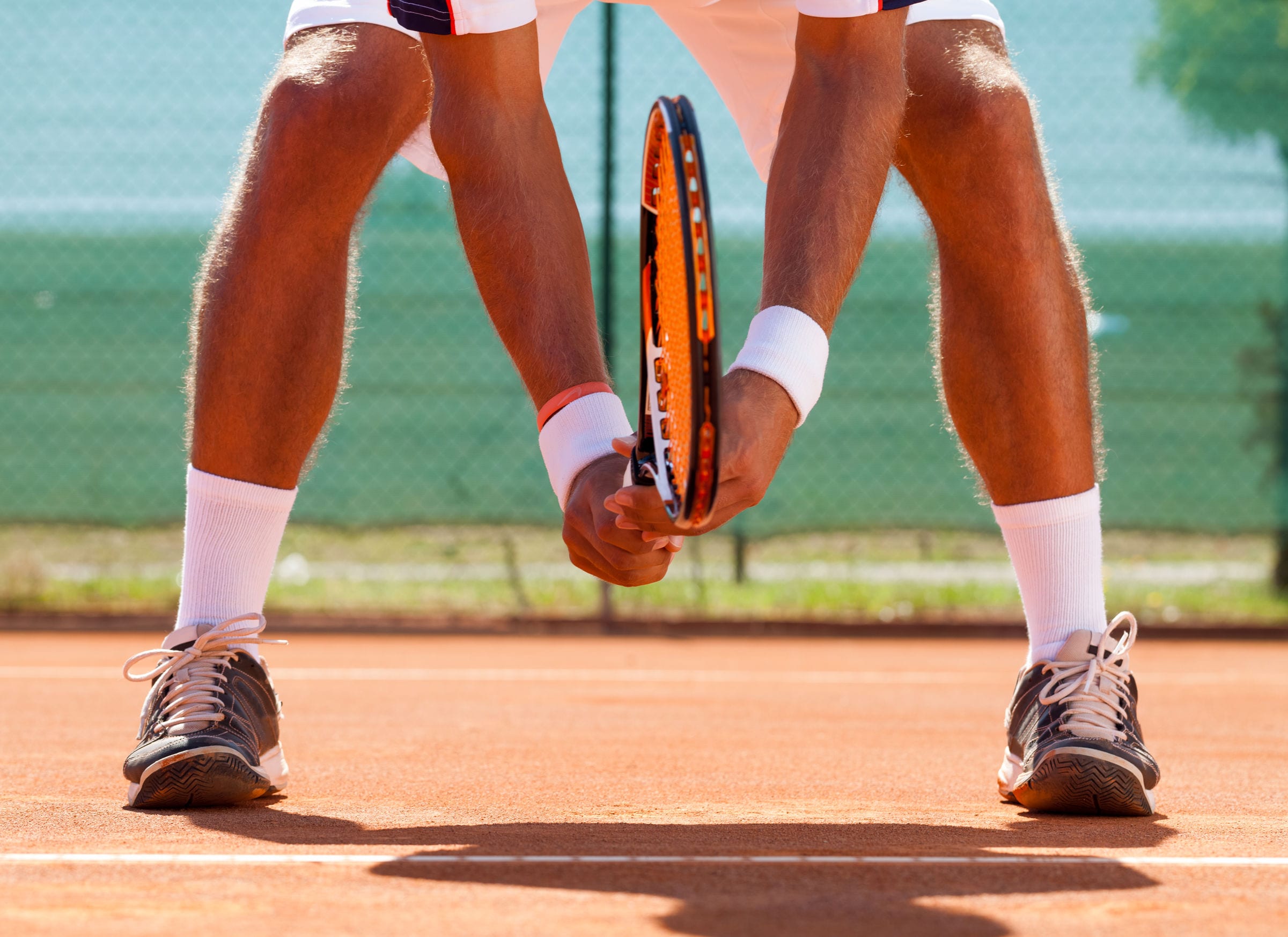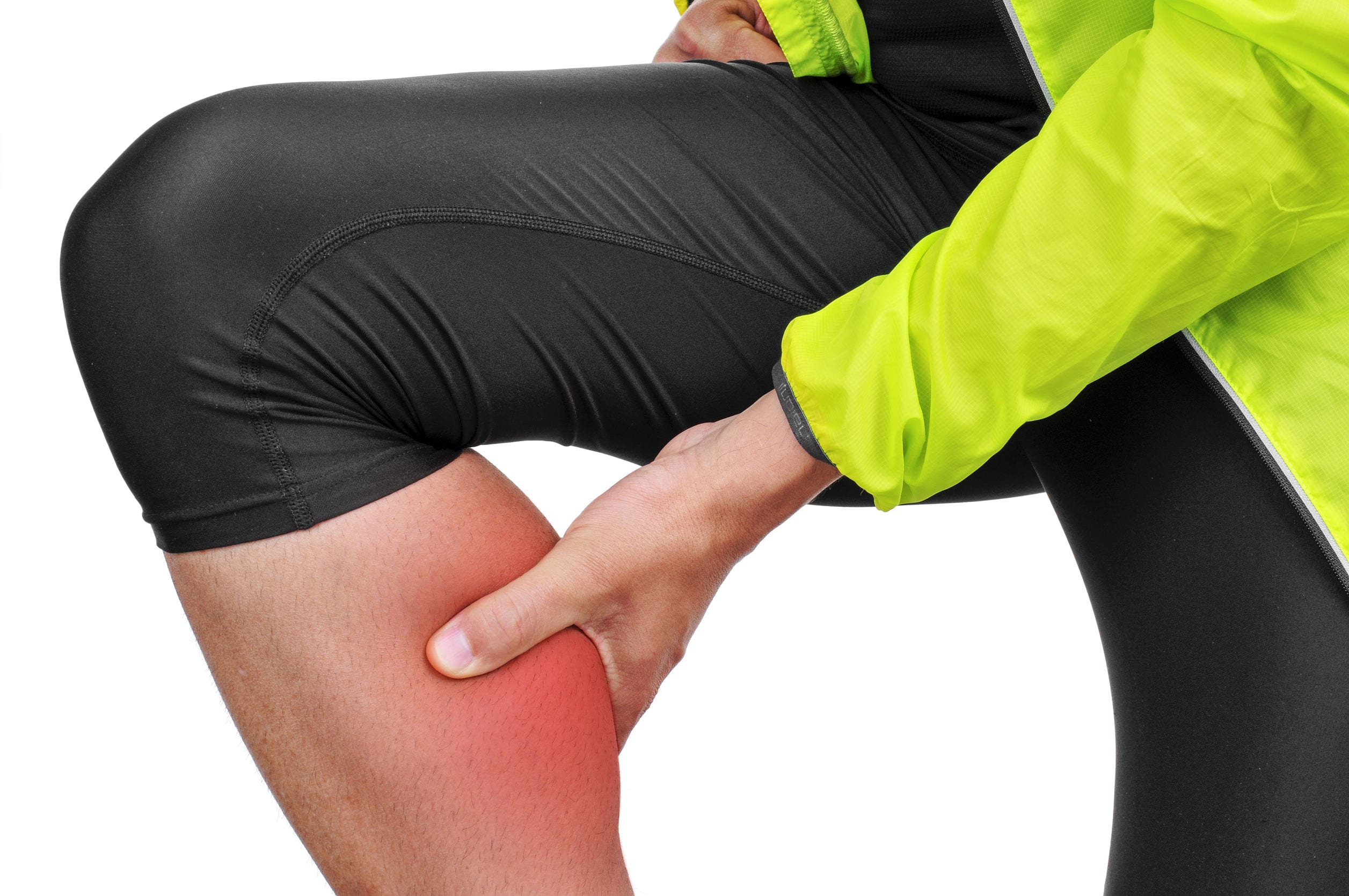PREVIOUS POST
Benefits of Hydromassage in Helping You Heal

Please fill out the form below and we will be in touch soon.

Benefits of Hydromassage in Helping You Heal

Auto Accident Claims in Florida Benefit from Chiropractic Care, Too

Tennis players often experience injuries related to overuse and overtraining.
In fact, overuse is the main reason for injuries, accounting for 67 percent of reported injuries. The remaining injuries are due to acute or traumatic injuries, such as broken bones or contusions. The body areas most affected by tennis injuries are the wrists, elbows, and shoulders.
In this post, we’re going to go over the most common types of tennis injuries and how chiropractic care can help you recover.
This is a very common overuse injury which affects the muscles in the wrist and elbow area. You develop tennis elbow by the repetitive extension and bending of your wrist when you swing the racket. To prevent tennis elbow, a proper warm-up routine is important. Treatment includes periods of rest and icing, wearing a support, and receiving physical therapy to strengthen muscles and increase flexibility.
Tennis movements put constant stress on the wrist. Repetitive movements may trigger carpal tunnel syndrome, which is an inflammation of the wrist nerves. It can cause numbness, tingling, or stiffness in the fingers. Treatment for carpel tunnel syndrome typically involves periods of rest, the use of anti-inflammatory medicine, and possibly surgery. However, research has shown that chiropractic adjustments – particularly those focused on the neck and shoulders – can have a huge positive impact as well.
When your rotator cuff muscles aren’t strong enough in overhead motions, you can experience soreness and inflammation in the shoulder socket. The ball of the socket in your shoulder will shift if your muscles are weak, and this will cause pain. Light resistance training can strengthen your muscles and decrease the pain. You can find relief through physical therapy.
Ankle sprains occur when a ligament is stretched too far when you fall, play on an uneven surface, or make a sudden directional shift. Home treatments usually help heal a sprained ankle. You need rest, ice, support, and anti-inflammatory medicine. Physical therapy can gently strengthen the ligaments so that you can get back in the game.
Tendonitis is a common problem among tennis players. You may have it if you experience pain or swelling in your kneecap. Physical therapy, along with rest, ice, and anti-inflammatory medication, will help heal the tendons. You may have a more serious injury if your knee cartilage tears. This can result from quick turns and twists. Treatment often involves surgery and long recovery periods. After surgery, physical therapy can rebuild muscle strength.
When you overwork your muscles, stress transfers may result in the foot or leg bones. Wearing supportive shoes and cross training will help prevent stress fractures. Treatment involves rest so the bones can rebuild themselves. You may need crutches to take the weight off your bones. You can also use physical therapy to strengthen your muscles once the bone has begun to heal.

The quick moves needed for tennis can trigger strains and tears in your muscles. Muscle strains often occur in the hamstrings or calf muscles. Some tennis players strain their back muscles, which can cause prolonged pain. Proper warm ups and regular stretching routines can help prevent strains. Once a strain occurs, you can consult with a physical therapist for prescribed stretches. Other treatments may involve massage, hydromassage, or electronic stim therapy.
Reach out today for a free consultation. We’ll explain your physical therapy and chiropractic treatment options.
About the Author:
Dr. Singer has been a practicing chiropractor for more than 20 years, and USA Health & Therapy has been around since 2004. Over the course of his career, Singer has helped tens of thousands of people with all kinds of issues by using a wide variety of treatment strategies. He has extensive knowledge of chiropractic modalities, including Gonstead, Diversified, Thompson Drop Table, and Activator, and in 1997 he earned a special adjunctive Chiropractic Certification in Spinal Trauma (CCST) to better provide care for car crash victims. Dr. Singer is licensed to practice chiropractic medicine in both Florida and New York.